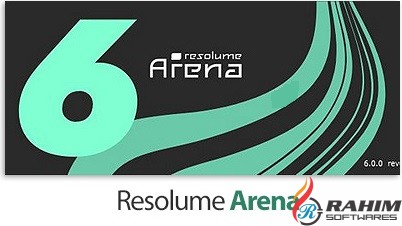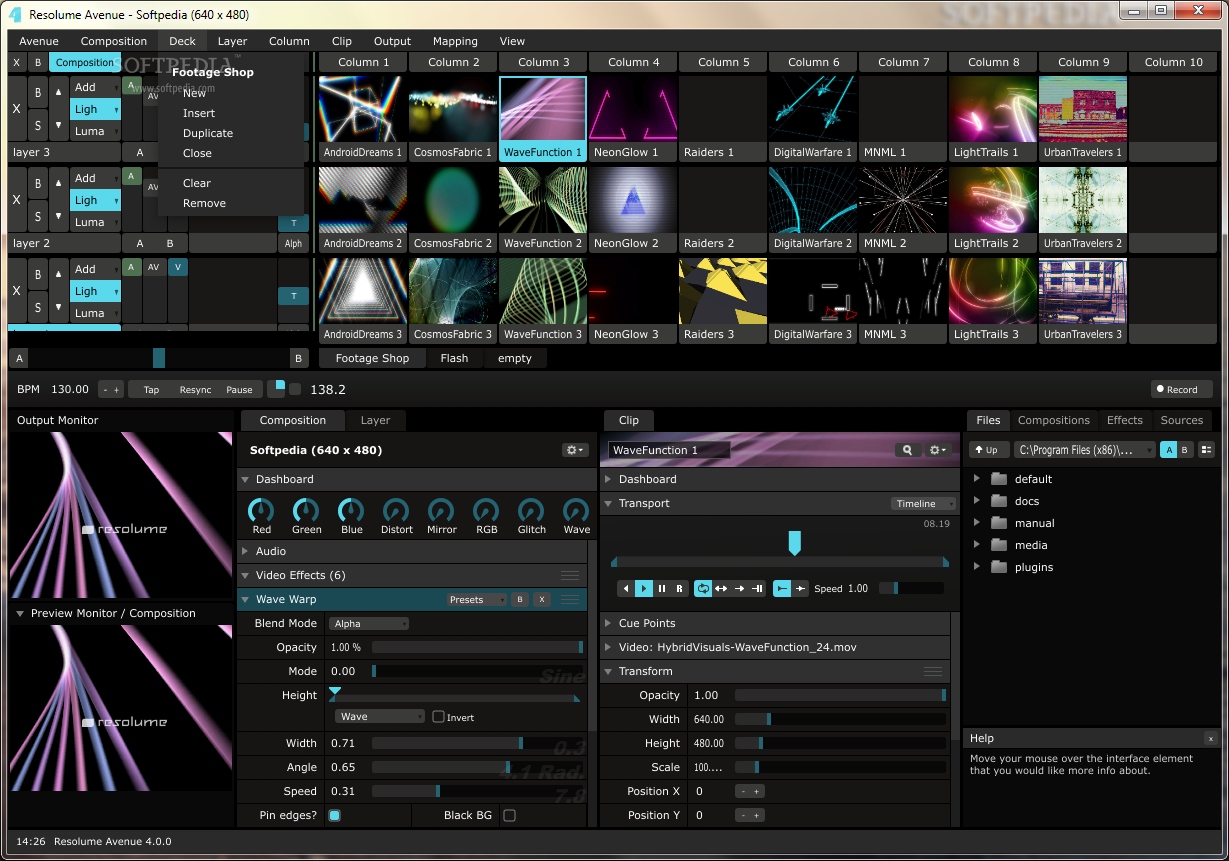


In principle it would be possible to provide power on the micro-USB port of the NodeMCU. But I figured that the MAX485 module can also be powered with 5V (causing a 5V differential signal on its output) while the TTL input to the module is at 3.3V. Driving the whole MAX485 module at 3.3V is therefore an option. While testing, my Stairville LED flood panel seems quite happy with the 3.3V provided by the NodeMCU board. I would have added protection in case it had been directly coupled to the USB port of a computer, but in this case the computer connects over WiFi.Īnother consideration is the voltage to drive the RS485 output. But I realised that the costs of the isolation transformer and optocoupler are more than the ESP8266, so I decided to keep it simple and not to add over-voltage protection. I was first planning to follow the design of Matthias Hertel, which includes an optical isolation between the MCU board and the DMX output.

#RESOLUME ARENA 5 DMX SLOW PROFESSIONAL#
Professional stage and theatre lighting fixtures are mainly controlled over DMX512.
#RESOLUME ARENA 5 DMX SLOW UPDATE#
Update – added photo’s of second exemplar and screen shots of web interface for OTA. Update 6 April 2019 – I wrote a follow up post on the timing and jitter in DMX512 signals and fixed a bug in the firmware. Update 4 July 2019 – You may also want to check out this instructable, which describes a more sophisticated ESP8266-based solution. Update 1 August 2019 – added the connectors to the list of components.


 0 kommentar(er)
0 kommentar(er)
